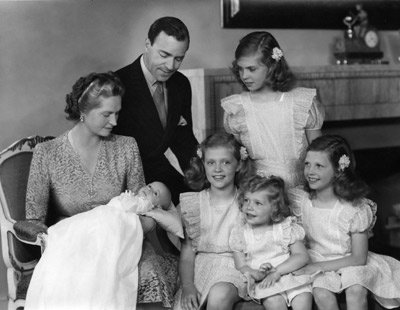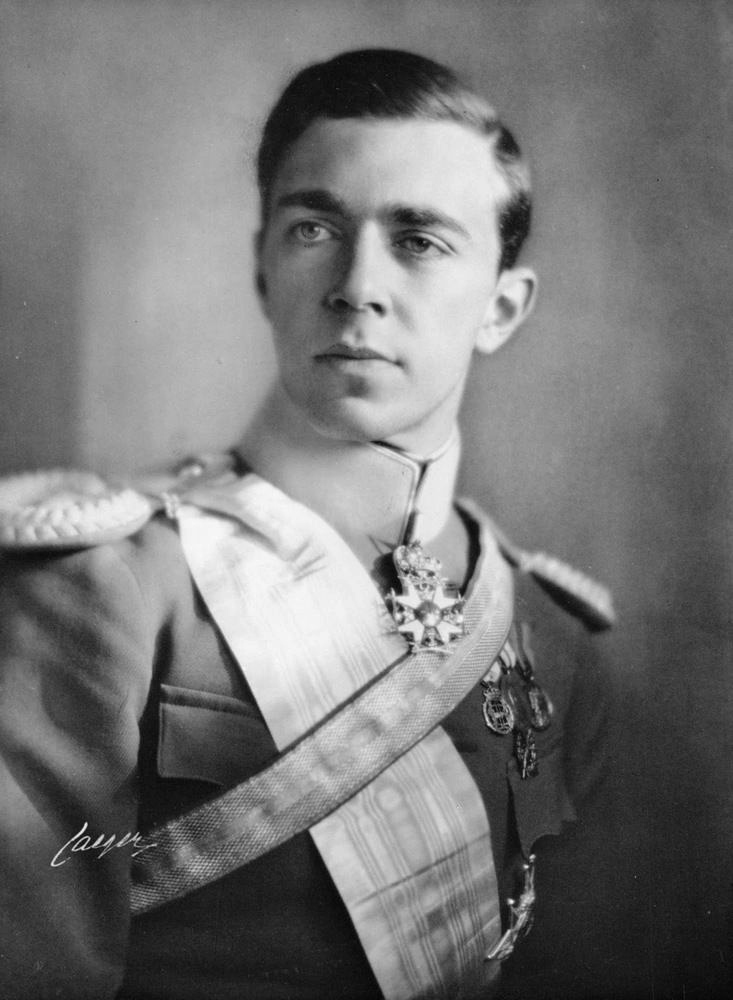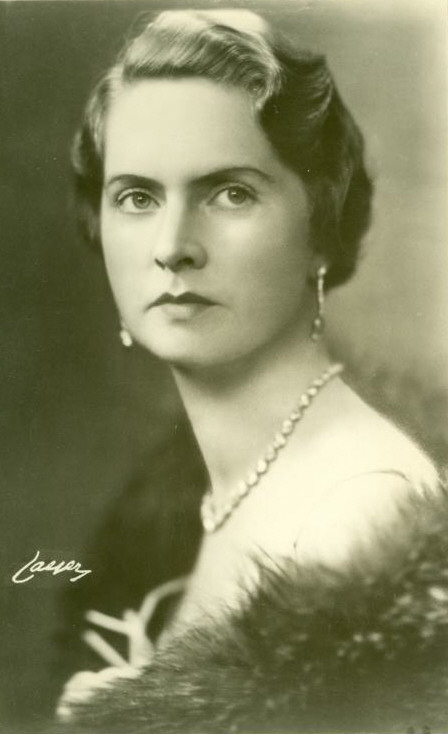
King Carl XVI Gustaf is about to celebrate his Golden Jubilee. And after 50 years of reign, many Swedish citizens barely remember a life without the current King on the throne.
His reign has another peculiarity: Carl Gustaf inherited the throne directly from his grandfather at 27. His father, Prince Gustaf Adolf, never had a chance of even becoming Crown Prince, passing away in an aeroplane crash in Copenhagen in 1947.
Despite his death at 40, Prince Gustaf Adolf had already accomplished a lot. He attended military school on and off between 1926 and 1941, enrolling in several regiments of the Swedish Army’s Cavalry. When he passed away, he had achieved the rank of lieutenant colonel.

He was also an important part of the Royal Family’s diplomatic efforts. It was in this role that he met with several leaders of Germany’s Nazi party, creating suspicions of Nazi sympathies. However, all of them have been denied by the Royal Family, as well as disproven through the use of contemporary sources like letters and diary entries.
As for personal interests, he was a keen sportsman, having competed in the 1936 Berlin Olympics for show jumping. He also served as the President of the Swedish Olympic Committee from 1933 until his death.
He also had a profound interest in science and chaired several science-related academies, including the Royal Society of Sciences in Uppsala and the Royal Swedish Academy of Sciences.
Finally, he was deeply involved in the world of scouts, pushing for the formation of the first national Swedish Scouts Association and serving as its first President (known as Chief Scout). He also sat on the board of the World Scout Committee from 1937 until his passing.
In 1932, at the age of 26, he married Princess Sybilla of Saxe-Coburg and Gotha, with whom he had five children: Princesses Margaretha, Brigitta, Désirée and Christina and Prince Carl Gustaf.
Princess Sybilla came from a tumultuous past, with her family being struck by the fall of the German Empire, her father’s subsequent abdication, and, in 1919, the family being deprived of their British peerages following the Titles Deprivation Act of 1917.

Princess Sybilla grew up in Germany with her four siblings, receiving her education privately from tutors and governesses and later in schools.
Some of her interests, like sports and outdoor life, aligned with her husband’s, but she also had interests of her own, which ranged from healthcare (she was chairwoman of the Hearing Society and the Childcare Society) to environmental causes.
She also dedicated parts of her married life to keeping her British heritage alive, building The Queen Victoria Resting Home in Öland in 1951.
Upon her mother-in-law’s passing, she became the highest-ranking woman in the entire Kingdom of Sweden, thus earning more popularity, which she consolidated through her sense of humour and self-irony. She also continued the “Democratic ladies lunches” initiated by Queen Louise, which aimed to bring together career women, replacing the institution of court presentation.
She passed away of bowel cancer on 28 November 1972, aged 64, less than a year before her only son became King.
King Carl XVI Gustaf seems to have inherited a lot of his passions from his parents, from sports to the environment, from scouts to sports cars (both of his parents were avid collectors and drivers), even though he was nine months old when his father passed away, and his mother didn’t survive long enough to see him become King.

